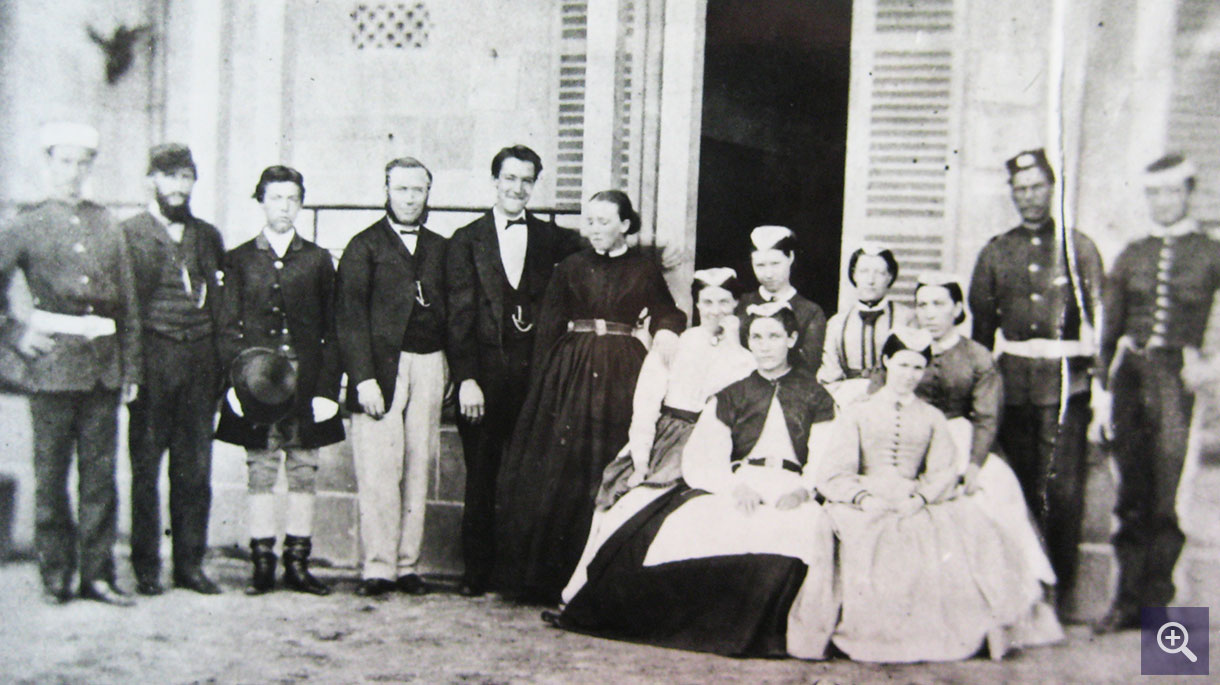
Serving the Governor
Working behind the scenes at Government House was a small army of servants who were crucial in keeping the lives of the governor and his family running as smoothly as possible. Though vital to the household, few records exist that detail who the servants were or exactly what their work entailed.
Structurally, the rear service wing is visibly different from the front of the House. Less clear, and intentionally so, are the discreet means of access that servants had to all parts of the House. For instance, the smaller 'back stairs' to the upper floor ensured housemaids remained invisible as they went about their cleaning duties upstairs.
Servants were differentiated by task and title, within a hierarchy. The Butler or House Steward was the head of male servants – the hall porter, the valet and the footmen. The Housekeeper was second in charge and 'constantly on the watch to detect any wrong-doing on the part of the female domestics'.
The photograph above is of the servant staff at Government House in 1869. Their clothing identifies their roles within the household. The three men in uniform were orderlies or guards. The seated group of women were house, kitchen and scullery maids with the Housekeeper standing beside them to the left. The young man to her left is a footman and the older man is the Butler or House steward.

